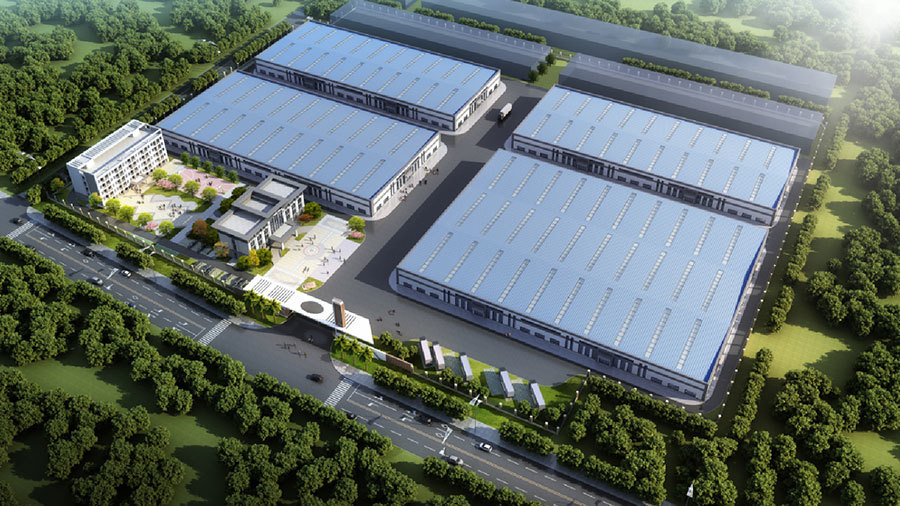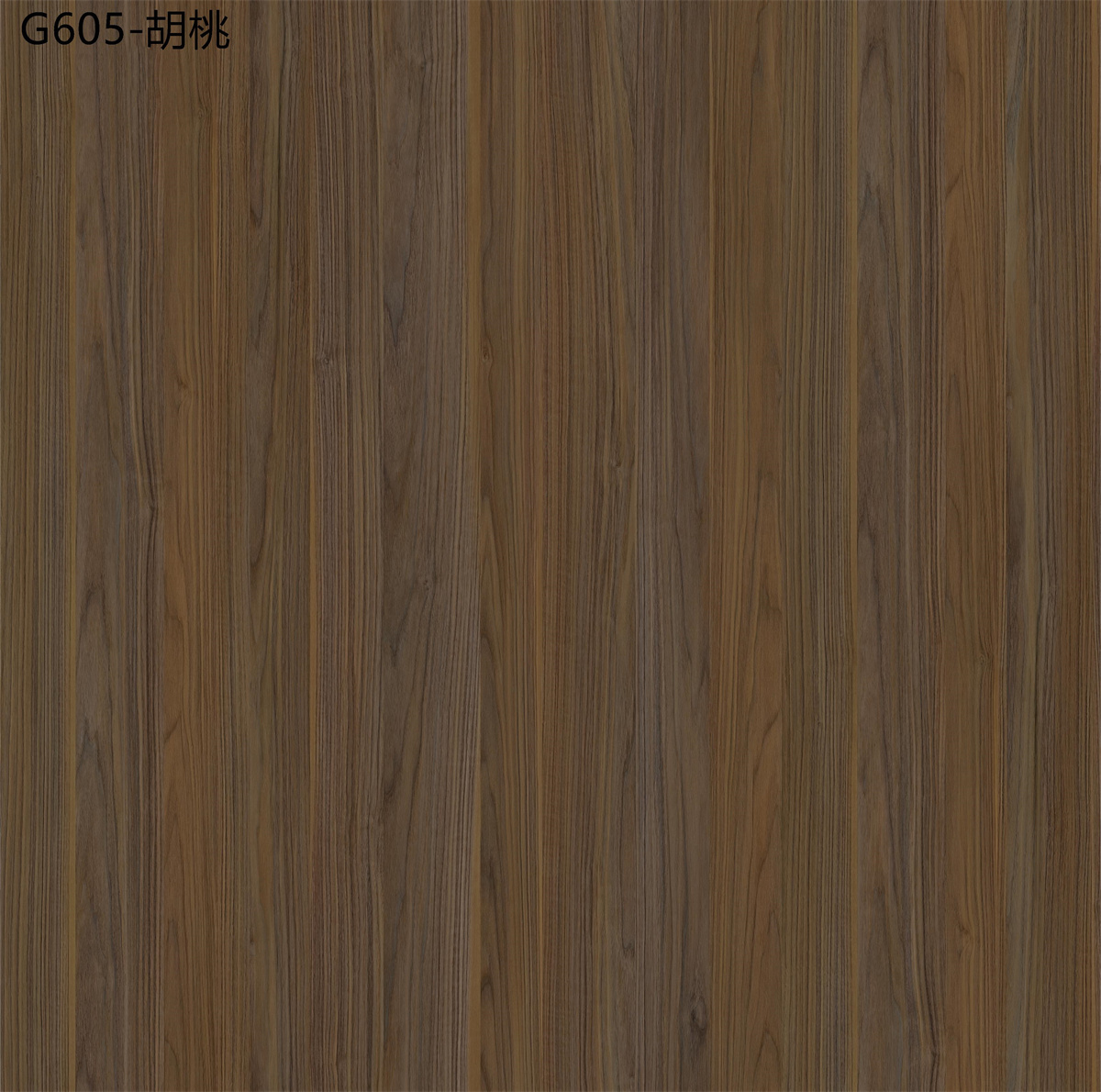Exploring the Benefits of Pearwood Veneer in Modern Architecture
Jul 11,2025

Exploring the Benefits of Pearwood Veneer in Modern Architecture
Table of Contents
- Introduction to Pearwood Veneer
- The Aesthetic Appeal of Pearwood Veneer
- Sustainability of Pearwood Veneer
- Durability: A Key Factor in Architectural Design
- Versatility in Design Applications
- Installation and Maintenance of Pearwood Veneer
- Cost-Effectiveness of Pearwood Veneer
- Case Studies: Pearwood Veneer in Modern Architecture
- Conclusion
- FAQs
Introduction to Pearwood Veneer
Pearwood veneer, derived from the pear tree, is rapidly gaining traction in modern architectural design due to its unique characteristics and advantages. This thin layer of wood, typically less than 1/8 inch thick, is used as a finishing material on various surfaces, providing the aesthetics of solid wood without the associated weight and cost. Architects and designers are increasingly integrating pearwood veneer into their projects, recognizing its potential to transform spaces and offer sustainable solutions.
The Aesthetic Appeal of Pearwood Veneer
The aesthetic qualities of pearwood veneer are among its most compelling benefits. With its creamy white to pale yellow color and a delicate grain pattern, pearwood adds a touch of elegance and warmth to any space. The fine texture allows for smooth finishes, making it ideal for both contemporary and traditional designs.
Moreover, pearwood veneer can be stained or finished to achieve various looks, ranging from natural to more vibrant hues. Its versatility allows architects to create stunning visual effects, making it a favored material for cabinetry, wall panels, and furniture. The rich, natural beauty of pearwood enhances the overall ambiance of interiors, providing a sense of sophistication and harmony.
Sustainability of Pearwood Veneer
In an era where sustainability is a priority, pearwood veneer stands out as an eco-friendly choice. The veneer production process utilizes less wood than solid lumber, making it an efficient option in terms of resource usage. By using a thin layer of pearwood over less expensive core materials, the environmental impact is significantly reduced.
Additionally, pearwood is often sourced from well-managed forests, ensuring that the harvesting process is sustainable. This commitment to environmental responsibility appeals to architects and builders who prioritize green building practices. By choosing pearwood veneer, designers can create beautiful spaces while minimizing their ecological footprint.
Durability: A Key Factor in Architectural Design
Durability is a crucial consideration in architectural materials, and pearwood veneer does not disappoint. While veneer may seem less robust than solid wood, advancements in technology have made modern veneers exceptionally durable. Pearwood itself is known for its resistance to warping, cracking, and splitting, ensuring longevity in various applications.
When properly sealed and maintained, pearwood veneer can withstand the rigors of daily use, making it suitable for high-traffic areas such as commercial spaces and homes alike. This resilience means that architects can rely on pearwood veneer to maintain its beauty and integrity over time, even in demanding environments.
Versatility in Design Applications
One of the standout benefits of pearwood veneer is its versatility. It can be employed in a myriad of architectural and design applications, from wall coverings to intricate furniture designs. This adaptability allows architects to seamlessly incorporate it into various design styles, whether modern, rustic, or minimalist.
Pearwood veneer is also compatible with different finishing techniques, including painting, staining, and laminating, enabling designers to achieve specific aesthetic goals. Its lightweight nature makes it easy to work with, facilitating intricate designs that might be challenging with heavier solid wood. This versatility empowers architects to push creative boundaries and realize ambitious design concepts.
Installation and Maintenance of Pearwood Veneer
Installing pearwood veneer is a straightforward process, which can be completed by skilled professionals or experienced DIYers. The veneer can be adhered to various surfaces using adhesive, ensuring a smooth and seamless finish. Its light weight also simplifies installation, reducing labor costs compared to heavier materials.
In terms of maintenance, pearwood veneer requires minimal upkeep. Regular dusting and occasional polishing with a suitable wood cleaner are typically sufficient to maintain its luster. Avoiding harsh chemicals and excessive moisture will further extend its lifespan. This ease of maintenance makes pearwood veneer an attractive option for both residential and commercial projects.
Cost-Effectiveness of Pearwood Veneer
While quality often comes at a premium, pearwood veneer offers a cost-effective alternative to solid wood. The reduced material usage means lower costs without compromising on aesthetics or quality. For architects and designers operating within tight budgets, pearwood veneer allows for luxurious finishes without the associated price tag of solid wood.
Moreover, the durability of pearwood veneer translates into long-term savings. Projects using this material may experience fewer maintenance and replacement costs over time, making it a wise investment for both builders and property owners.
Case Studies: Pearwood Veneer in Modern Architecture
Examining successful projects that have utilized pearwood veneer highlights the material's versatility and appeal. For instance, a recent commercial building in a bustling urban area employed pearwood veneer for its lobby walls, creating an inviting atmosphere that contrasts with the sleek glass and steel exterior. The warm tones of the veneer softened the space, making it more welcoming to visitors.
In residential design, a contemporary home featured pearwood veneer cabinetry in the kitchen, offering an elegant solution that combines form and function. The durability of the veneer allowed the homeowners to enjoy a beautiful, practical kitchen that stands the test of time.
These examples illustrate how pearwood veneer can enhance both aesthetic appeal and functionality in a variety of architectural contexts, proving its worth as a leading choice in modern design.
Conclusion
The benefits of pearwood veneer in modern architecture are manifold. From its aesthetic appeal and sustainability to its durability and versatility, this remarkable material is transforming how architects and designers approach their projects. As more professionals recognize the advantages of incorporating pearwood veneer into their designs, it is likely to become a staple in the architectural landscape. By choosing pearwood veneer, designers not only create beautiful spaces but also contribute to a more sustainable and responsible future in construction.
FAQs
1. What is pearwood veneer?
Pearwood veneer is a thin layer of wood sourced from the pear tree, used as a decorative finish in various architectural and design applications.
2. Is pearwood veneer sustainable?
Yes, pearwood veneer is considered a sustainable option as it uses less wood than solid lumber and can be sourced from well-managed forests.
3. How durable is pearwood veneer?
Pearwood veneer is highly durable and resistant to warping and cracking when properly maintained, making it suitable for both residential and commercial use.
4. Can pearwood veneer be stained or painted?
Absolutely! Pearwood veneer can be stained or painted to achieve a variety of aesthetic looks, enhancing its versatility in design applications.
5. What are the maintenance requirements for pearwood veneer?
Maintaining pearwood veneer is simple; regular dusting and occasional polishing with appropriate wood cleaner are usually sufficient to keep it looking its best.
Previous page:








